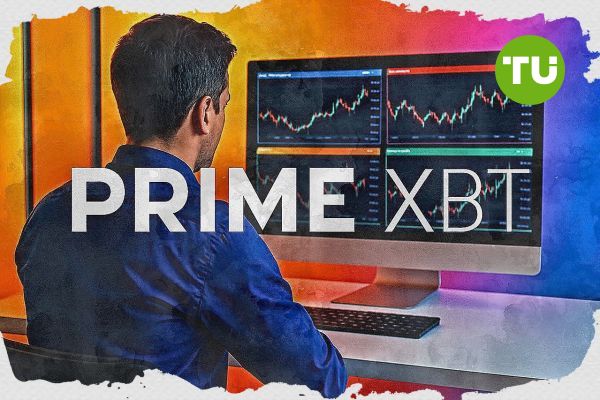PrimeXBT Limit vs Market: Understanding the Key Differences
When navigating the dynamic world of cryptocurrency trading, understanding the different order types is crucial for any trader. Among the most common order types on platforms like PrimeXBT are limit and market orders. As you delve into trading, grasping how these orders work can significantly impact your trading experience and outcomes. In this article, we will explore the differences between PrimeXBT Limit vs Market limit vs market PrimeXBT, their advantages and disadvantages, and strategies for effective trading.
What is a Market Order?
A market order is the most straightforward type of order you can place on an exchange. When you place a market order, you are instructing the exchange to buy or sell a particular asset immediately at the best available price. This means that you are willing to accept the current market price to execute your trade without delay.
Market orders are popular among traders who want to enter or exit a position quickly. They are particularly useful in volatile markets where prices can change rapidly. However, there are some considerations to keep in mind when using market orders.
Advantages of Market Orders
- Immediate execution: Market orders are filled almost instantly, allowing traders to capitalize on market opportunities as they arise.
- Simplicity: Placing a market order is straightforward and does not require extensive market analysis or understanding of price movements.
- Convenience: Ideal for traders who want quick trades without worrying about price levels.
Disadvantages of Market Orders
- Slippage: The primary disadvantage of market orders is the potential for slippage, where the final execution price differs from the expected price due to rapid market movements.
- No price control: You have no control over the price at which your order is filled. In highly volatile markets, this can result in executing trades at significantly different prices.
- Cost implications: In less liquid markets, executing a market order can lead to higher costs due to less favorable prices.
What is a Limit Order?
A limit order, on the other hand, allows traders to specify the exact price at which they are willing to buy or sell an asset. This means that a buy limit order will only be executed at or below a specified price, while a sell limit order will only be executed at or above a specified price. Limit orders are favored by traders who wish to exercise more control over the price at which their trades are executed.
Limit orders can be particularly beneficial in a fluctuating market, allowing traders to wait for their desired entry or exit points without the fear of slippage. However, they do come with their own set of pros and cons.

Advantages of Limit Orders
- Price control: With limit orders, traders can dictate the price at which they enter or exit a position, ensuring better price alignment with their trading strategy.
- Reduced slippage: Since limit orders are executed based on specified prices, the issue of slippage is significantly minimized.
- Strategy implementation: Limit orders allow traders to implement specific trading strategies, such as waiting for a price level to be reached before executing a trade.
Disadvantages of Limit Orders
- Execution risk: The biggest downside is that limit orders may not be executed if the market price does not reach the specified limit price, leaving the trader without a position.
- Complexity: Limit orders may require a more thorough understanding of market dynamics and analysis compared to market orders.
- Partial fills: In some cases, limit orders may be partially filled, leading to a situation where only a portion of the order is executed at the desired price.
When to Use Each Order Type
Choosing between limit and market orders ultimately depends on your trading strategy, goals, and the current market conditions. Here are some scenarios to help you decide:
Use a Market Order When:
- You need to execute a trade quickly and are not concerned with the exact price.
- The market is volatile, and capturing price movement is crucial, such as during breaking news events.
- You are trading a highly liquid asset, where the risks of slippage are lower.
Use a Limit Order When:
- You want to buy or sell at a specific price and are willing to wait until the market reaches it.
- You believe that the market is too volatile, and you want to avoid the risk of slippage.
- You have a predefined strategy in place that requires you to enter or exit at a certain price level.
Conclusion
In summary, choosing between PrimeXBT limit and market orders involves understanding your trading strategy and the current market environment. Market orders are excellent for immediate execution when speed is of the essence, while limit orders provide more control over execution prices, trading strategies, and minimizing slippage. By recognizing the advantages and disadvantages of each type, you can make informed trading decisions that align with your goals. Remember, whether you are using a limit or market order, it is essential to stay informed about market conditions and adjust your strategy accordingly.
